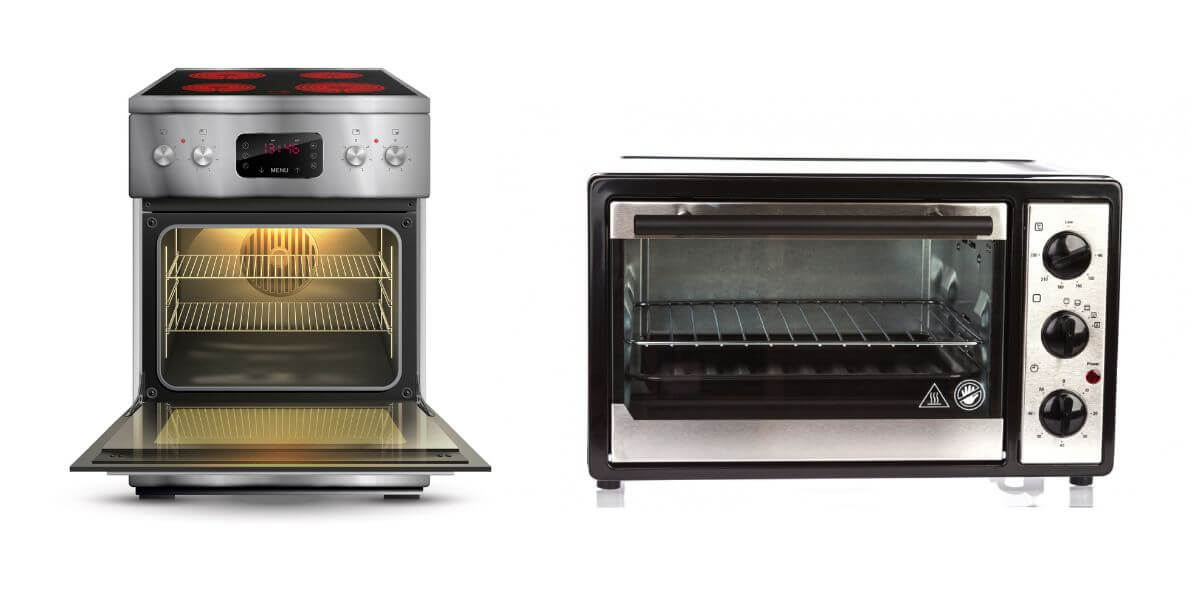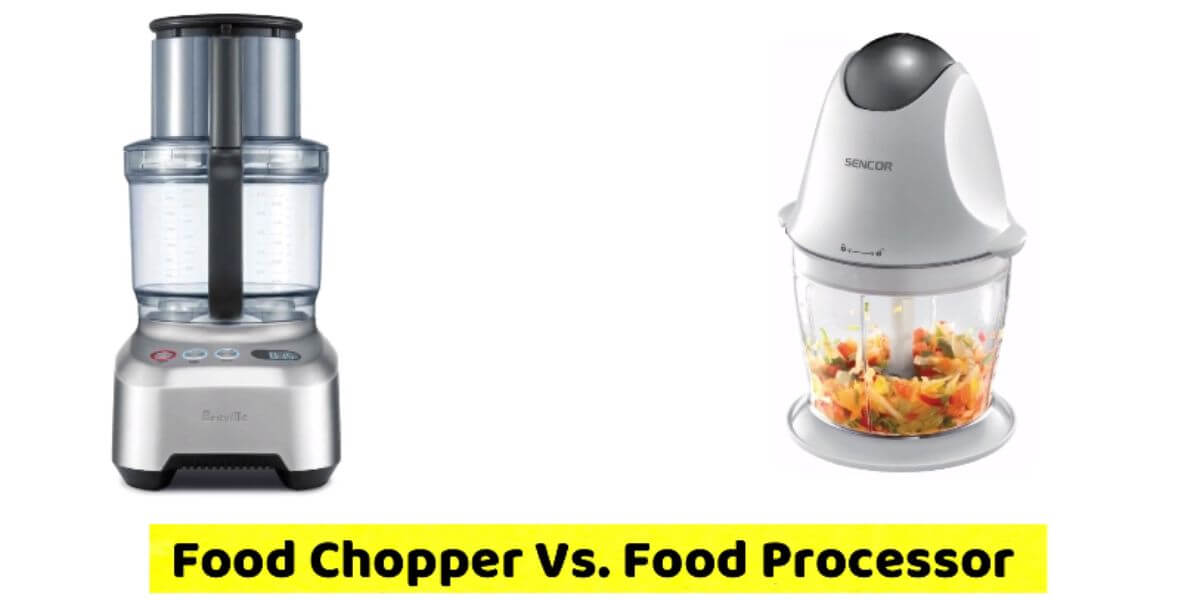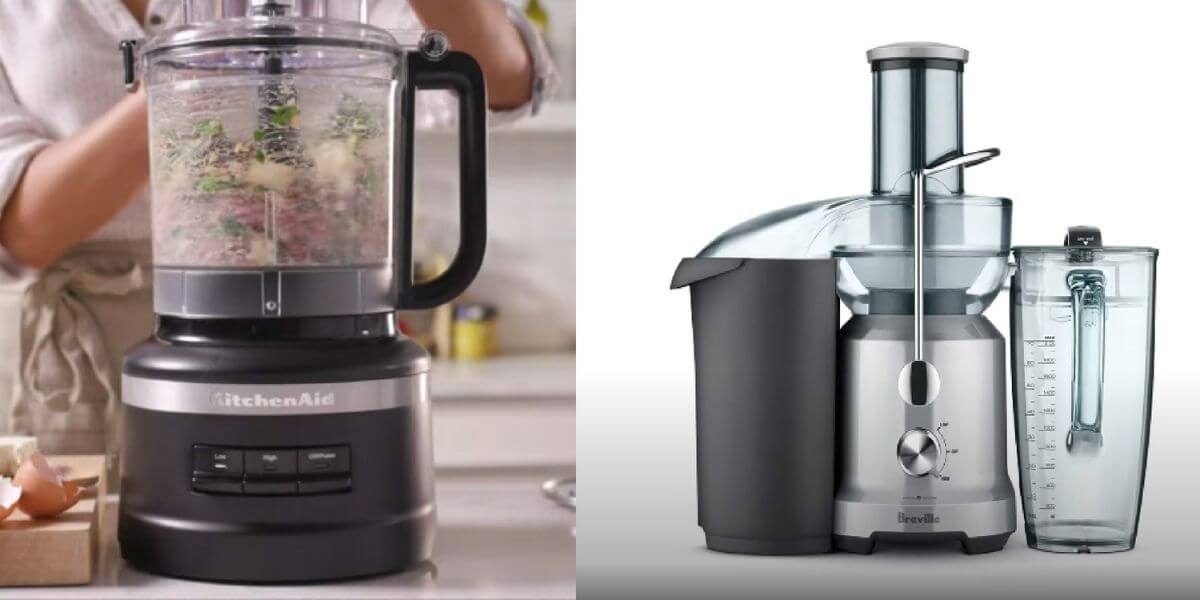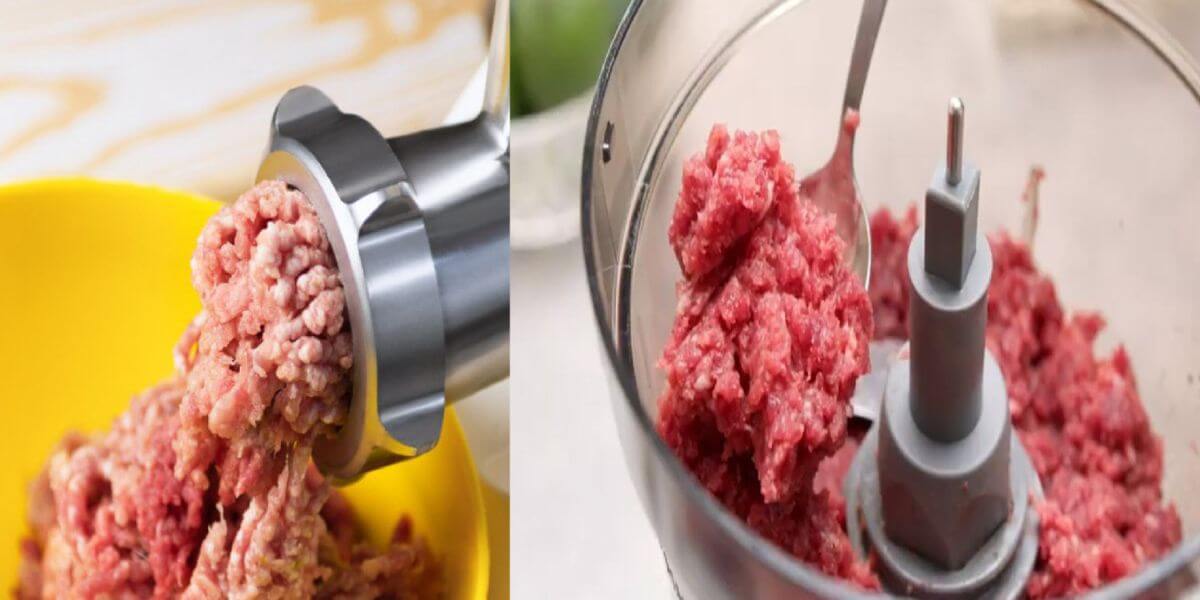Can You Grind Coffee Beans in a Food Processor?


In the world of coffee enthusiasts, achieving the perfect grind for your coffee beans is an essential step towards a flavorful cup of joe. While many people swear by dedicated coffee grinders, the question often arises: can you grind coffee beans in a food processor? Here, we will delve into the intricacies of coffee grinding, explore whether a food processor can be a viable alternative, and provide valuable insights to enhance your coffee experience.
Understanding the Coffee Grind
Your coffee’s flavor and aroma greatly influence how finely you ground your beans. Different brewing methods require varying grind sizes to extract the desired flavors effectively. From coarse grinds for French press to delicate tasks for espresso machines, the coffee grind is not a one-size-fits-all affair.
Grind size impacts the surface area of the coffee particles exposed to water during brewing. This affects the rate of extraction – how quickly water dissolves the solubles in the coffee. Coarse grinds require longer steeping times for adequate extraction, while finer grinds call for shorter brewing durations. The goal is a balanced extraction that brings out the coffee’s flavors without over- or under-extracting.
Can a Food Processor Grind Coffee Beans?
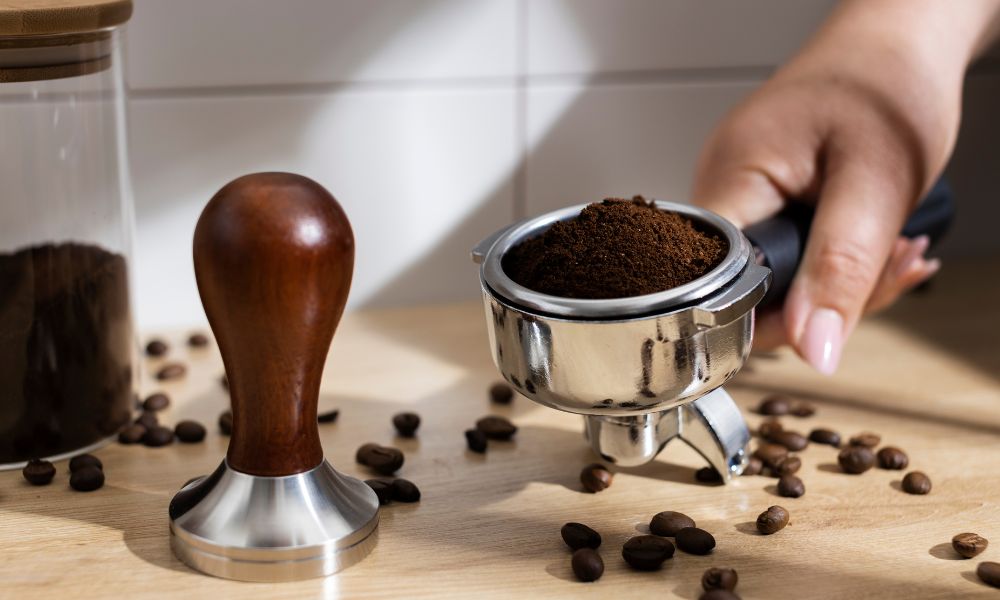
Grinding coffee beans in food processors can be possible but with some considerations. Food processors are primarily designed for chopping, blending, and pureeing rather than grinding coffee beans. While they can break down coffee beans, achieving a consistent grind size can be challenging. Uneven grind sizes may lead to uneven extraction during brewing, affecting the overall flavor of your coffee.
It’s crucial to pulse the beans in short bursts when using a food processor to prevent creating too much heat. Heat can alter the oils within the coffee beans and potentially lead to undesirable flavor changes. Additionally, the need for control in grind size consistency might affect the overall taste and texture of the final cup.
Pros and Cons of Food Processor
Pros:
Convenience: If you don’t own a coffee grinder, using a food processor is convenient. It serves a dual purpose in your kitchen.
Multi-purpose: Beyond coffee grinding, a food processor can handle various kitchen tasks, making it a versatile tool.
Cons:
Inconsistent Grind: Food processors must be optimized for a uniform coffee grind. Uneven particles can result in irresponsible extraction during brewing, leading to an imbalanced cup of coffee.
Heat Generation: Extended processing in a food processor can generate heat due to friction. This heat can alter the coffee beans’ chemical composition and flavor.
Alternative Methods for Grinding Coffee Beans
If you’re in a pinch and don’t have a dedicated coffee grinder, there are alternative methods you can try:
Blender: Like a food processor, blenders can be used for coffee grinding. However, the same concerns about consistency and heat generation apply.
Mortar and Pestle: This manual method gives you more control over the grind size. While time-consuming, it can be effective for small quantities of coffee beans.
The Dedicated Coffee Grinder: Your Best Bet
Investing in a dedicated coffee grinder is highly recommended for coffee enthusiasts seeking the perfect cup. These machines are designed to achieve precise and consistent grind sizes for various brewing methods, ensuring optimal extraction and flavor.
Dedicated coffee grinders offer adjustable settings to control the grind size, allowing you to match it with your preferred brewing method. Burr grinders, in particular, crush the beans uniformly between two abrasive surfaces, resulting in a consistent grind. This uniformity directly translates to better extraction and a more flavorful cup of coffee.
Tips for Grinding Coffee Beans Effectively
Use Coarse Salt Test: To gauge the consistency of your grind, compare it with coarse salt. Adjust the grind size accordingly to achieve your desired outcome.
Pulse Grind: When using a food processor or blender, pulse the beans in short bursts to avoid generating excess heat. This procedure helps maintain the integrity of the coffee’s flavor and aroma.
Freeze Beans: If using a food processor, briefly freeze the beans before grinding. Cold beans are less likely to heat up during grinding, preserving the flavors.
Experimenting with Grind Sizes
Different brewing methods demand specific grind sizes to optimize flavor extraction:
Coarse: Brewing methods like French press and cold brew require a coarse grind to prevent over-extraction and bitterness.
Medium: Drip coffee makers work best with a medium grind, promoting balanced extraction and rich flavors.
Fine: Espresso machines necessitate a fine grind for high-pressure extraction, resulting in concentrated flavors and crema.
Maintaining Your Coffee Grinder
Regular cleaning and maintenance of your coffee grinder are crucial to prevent the buildup of oils and coffee residue that can affect the flavor of your brews. Cleaning involves disassembling the grinder, removing residual grounds, and wiping down the components. This practice ensures that each batch of coffee you grind remains pure and uncontaminated by stale residues.
Busting Common Myths About Coffee Grinding
Myth: Grinding coffee finer always makes it stronger.
Reality: Grind size affects flavor and extraction, not necessarily strength. A finer grind may lead to over-extraction and bitterness if not appropriately matched with brewing time and method.
Factors Influencing Coffee Flavor
The grind size is just one factor contributing to the complexity of coffee flavor. Other factors include:
Coffee Origin: Different regions produce beans with distinct flavor profiles due to variations in soil, climate, and cultivation practices.
Roast Level: Light, medium, and dark roasts offer different flavors, from bright and fruity to bold and smoky.
Water Quality: The type of water used for brewing can impact the extraction of solubles and thus alter the flavor.
Brewing Time: The duration of contact between water and coffee grounds affects the extraction, influencing the taste.
Coffee Grinding for Different Brewing Methods
Understanding the right grind size for your chosen brewing method is essential for unlocking the optimal flavors and aromas. Here’s a breakdown:
Coarse Grind: Ideal for French press, cold brew, and some pour-over methods. The larger particles require longer steeping times.
Medium Grind: Suitable for drip coffee makers and some pour-over methods. Medium-sized particles allow for a balanced extraction.
Fine Grind: Used for espresso machines and specific pour-over methods. The tiny particles enable rapid and concentrated extraction.
Enhancing Your Coffee Experience
The journey to a remarkable cup of coffee involves more than just grinding. To enhance your experience:
Quality Coffee Beans: Start with freshly roasted, high-quality beans. The better the beans, the better the flavor.
Fresh Grind: Grind your coffee just before brewing. Pre-ground coffee loses its freshness quickly.
Experiment with Grind Size: Vary the grind size based on your brewing method and personal taste preferences.
Conclusion
The equipment you use to grind your beans can significantly impact your pursuit of the perfect cup of coffee. While a food processor can technically grind coffee beans, it must be more consistent than a dedicated coffee grinder. For coffee lovers looking for outstanding flavors, investing in a high-quality coffee grinder is a worthwhile move.
Frequently Asked Questions
Can I use a food processor if I don’t have a coffee grinder?
A food processor can be an alternative, but achieving a consistent grind may take time due to its primary design for other culinary tasks.
Can I use the same grind size for all brewing methods?
No, different brewing methods necessitate various grind sizes to optimize extraction. Using the wrong grind size can lead to under or over-extraction and affect the flavor.
Why is a consistent grind necessary?
A consistent grind size ensures uniform extraction of flavors and solubles from the coffee grounds. Inconsistent grinds may lead to uneven extraction, resulting in a subpar cup of coffee.
Does the coffee bean’s origin affect the grind?
Yes, the origin of coffee beans impacts their density and moisture content. Different sources may require adjustments in grind size to achieve the desired extraction.
Can I grind coffee beans ahead of time?
It’s best to grind coffee beans just before brewing. Grinding exposes more surface area to air, accelerating the loss of volatile compounds and leading to flavor degradation over time.
